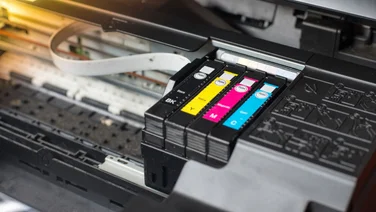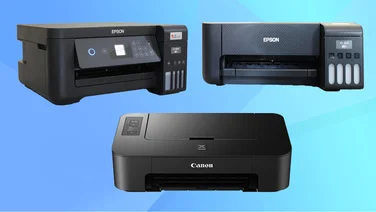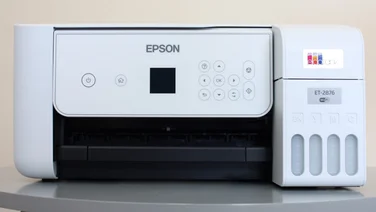To help us provide you with free impartial advice, we may earn a commission if you buy through links on our site. Learn more


Canon isn’t one to cut corners with its cameras, but it has trimmed the A800 down to its absolute bare essentials. The plastic, bulbous body is designed to accommodate two AA batteries (with rechargeables sold separately), the lens is a simple 3.3x zoom affair with no optical stabilisation, the screen measures just 2.5in across and has a lowly 115,000-pixel resolution, and videos are recorded at a basic VGA resolution.

The 10-megapixel resolution may seem basic too, but it’s actually a positive move. It’s more than enough to capture plenty of detail, and its relatively modest resolution helps to keep noise at bay. Unlike other 10-megapixel sensors used by rival budget cameras, this one has the same 1/2.3in diagonal as pricier compact cameras, which makes a big difference for noise levels.
Canon hasn’t skimped with the controls and photographic options, which follow the same tried-and-tested design we’ve seen many times before. There’s a choice of metering modes and the ability to define a custom white balance – features many pricier cameras omit. The screen wasn’t much fun to use, though. We could live with its small size and low resolution but its weak colours and poor viewing angles made it hard to see in sunlight.
Performance is scaled back further than we’d like. Photos took over two seconds to appear on screen after capture, and this was the main culprit in the 4.8-second shot-to-shot time. Flash photography was really slow at up to 14 seconds between shots – a common side-effect of using AA batteries.
The A800’s video mode was never going to set the world alight with its 640×480 resolution. The picture was as sharp as the resolution allows and colours were excellent but soundtracks suffered from hiss and a lack of bass.

Thankfully, photo quality showed little sign of compromise. Details were sharp, colours accurate, and Canon’s usual knack for well-judged exposures was very much in evidence. Noise was visible at all sensitivities above the base ISO 100 setting but it was managed well, giving usable pictures – if fairly low on fine detail – in our indoor tests.
Most people are best advised to spend a little more, but if you’re on the tightest of budgets the A800 is the best option at this price.





